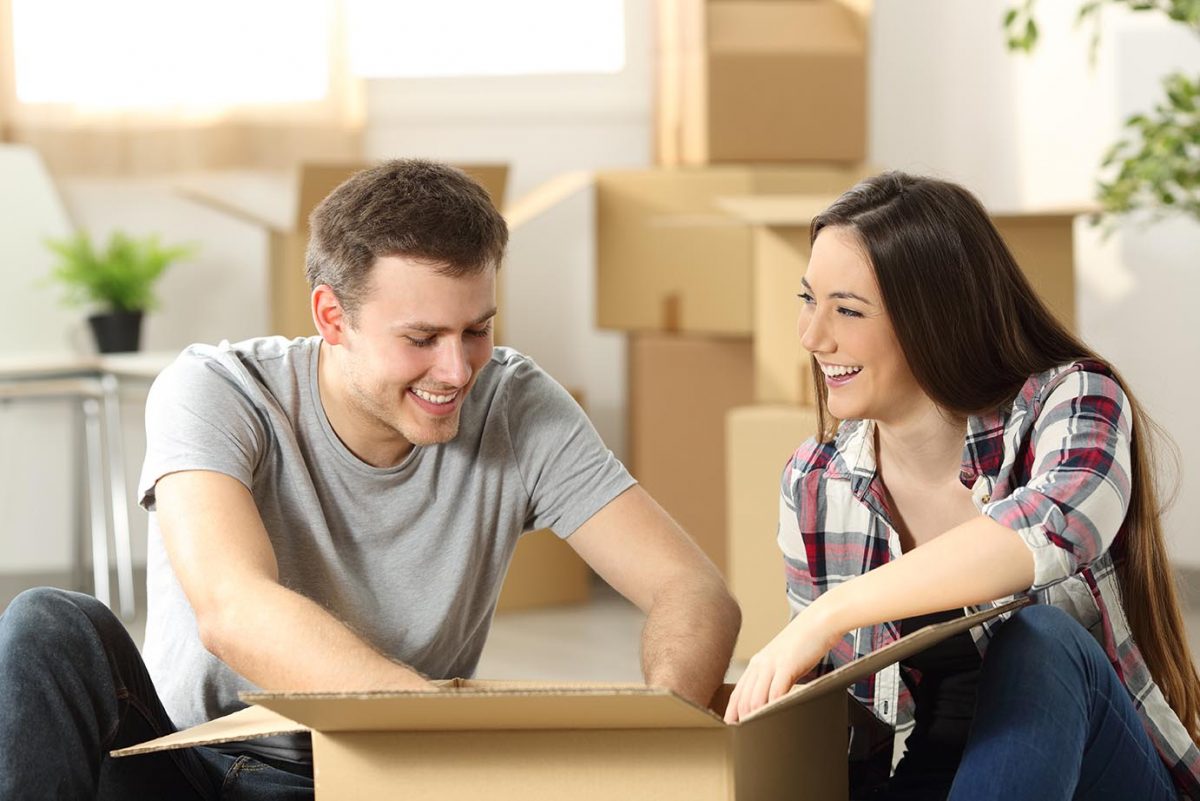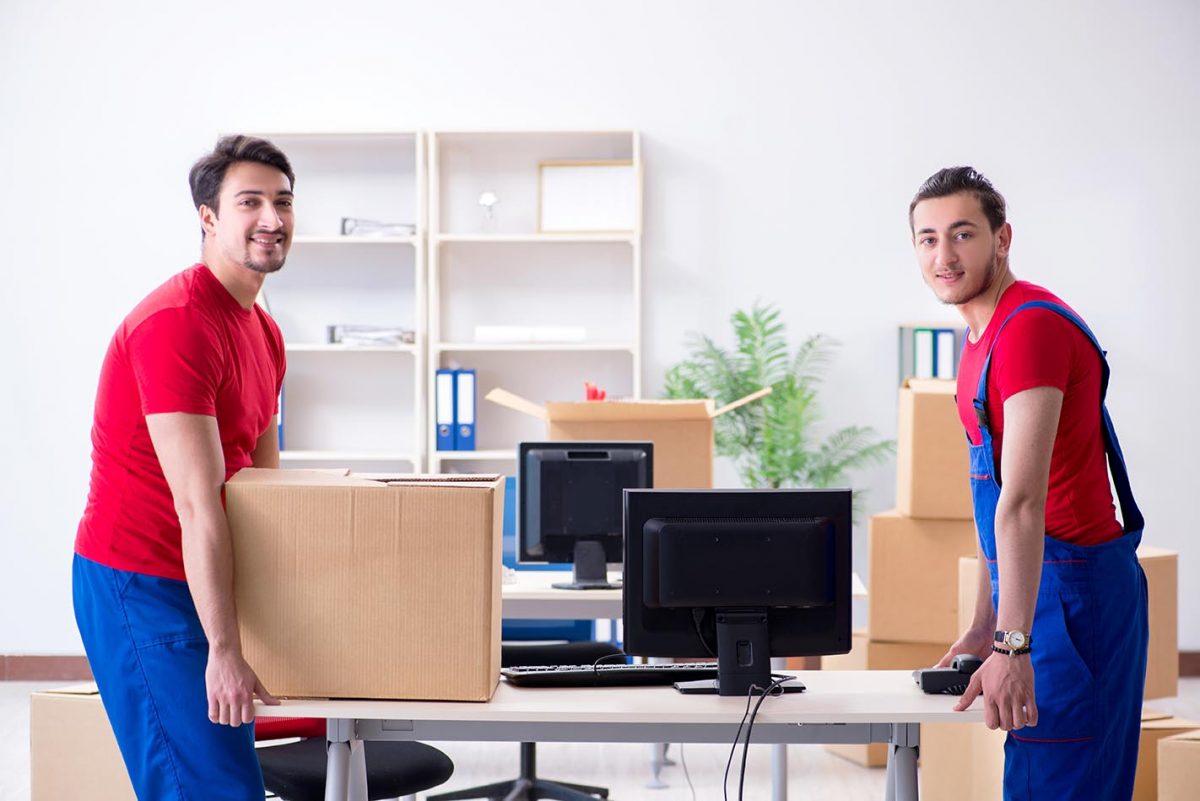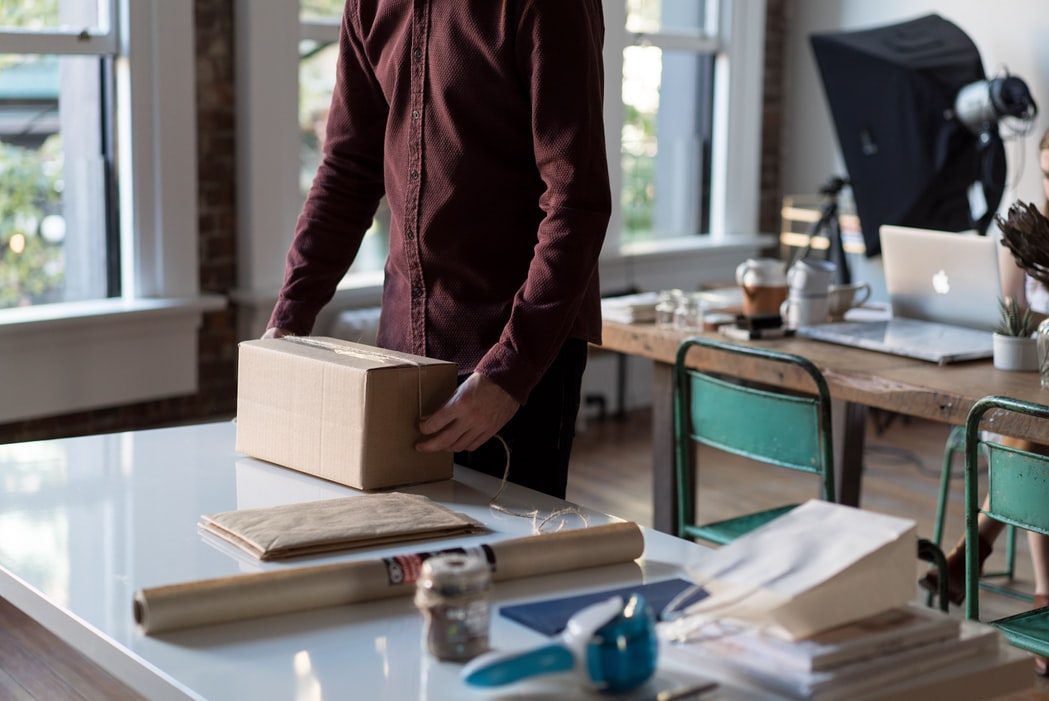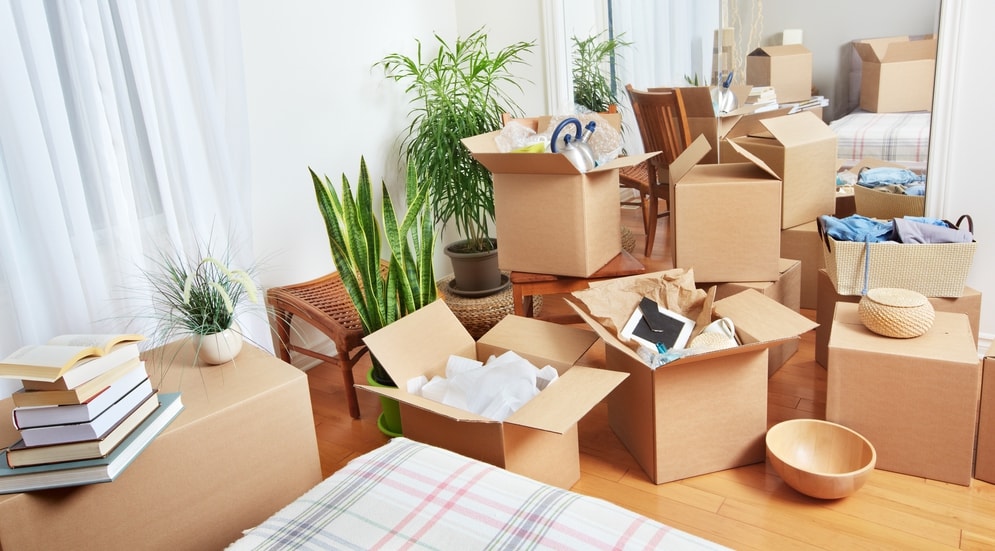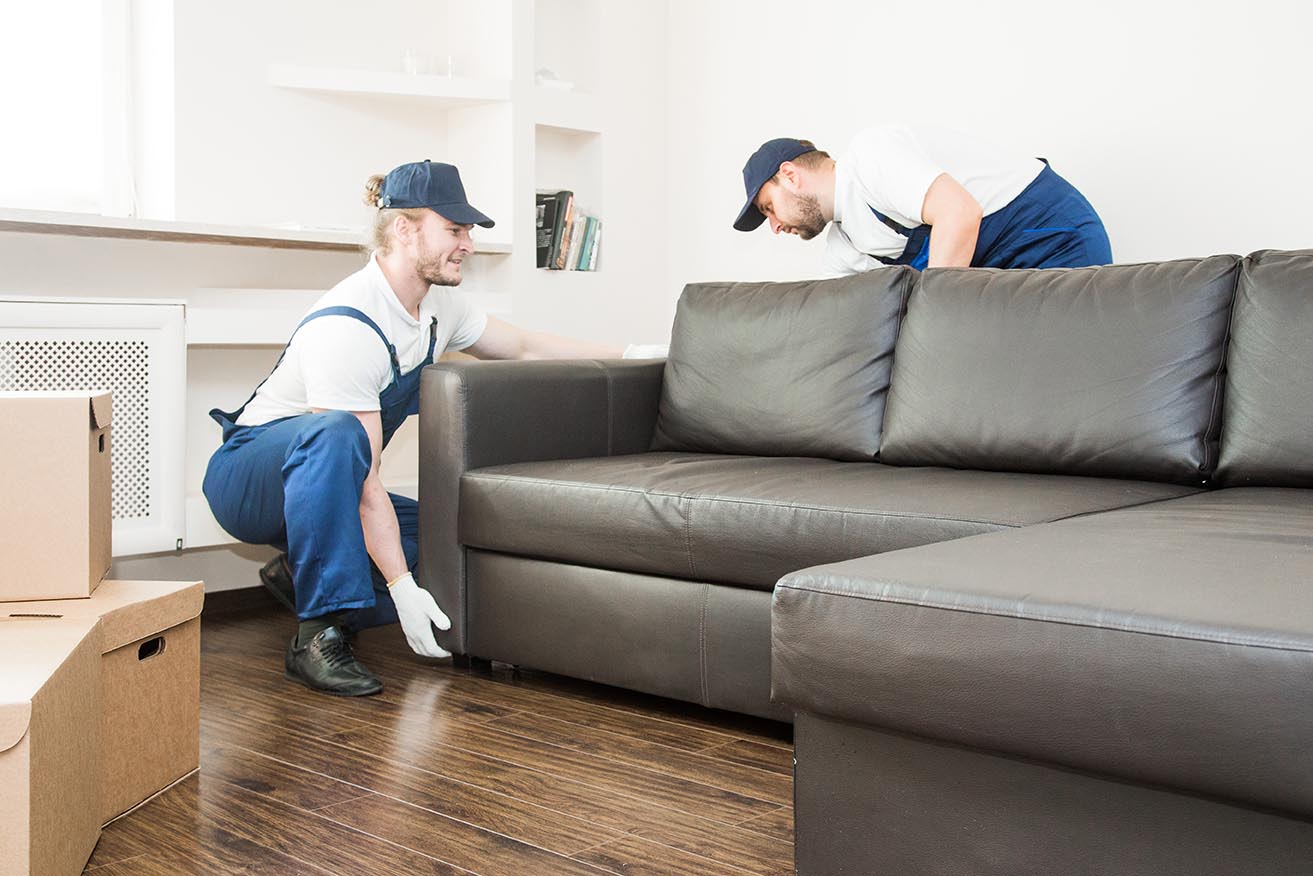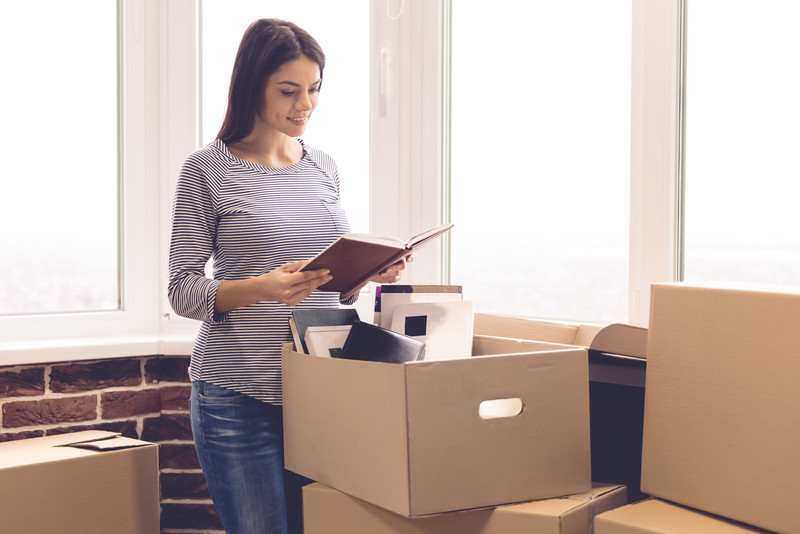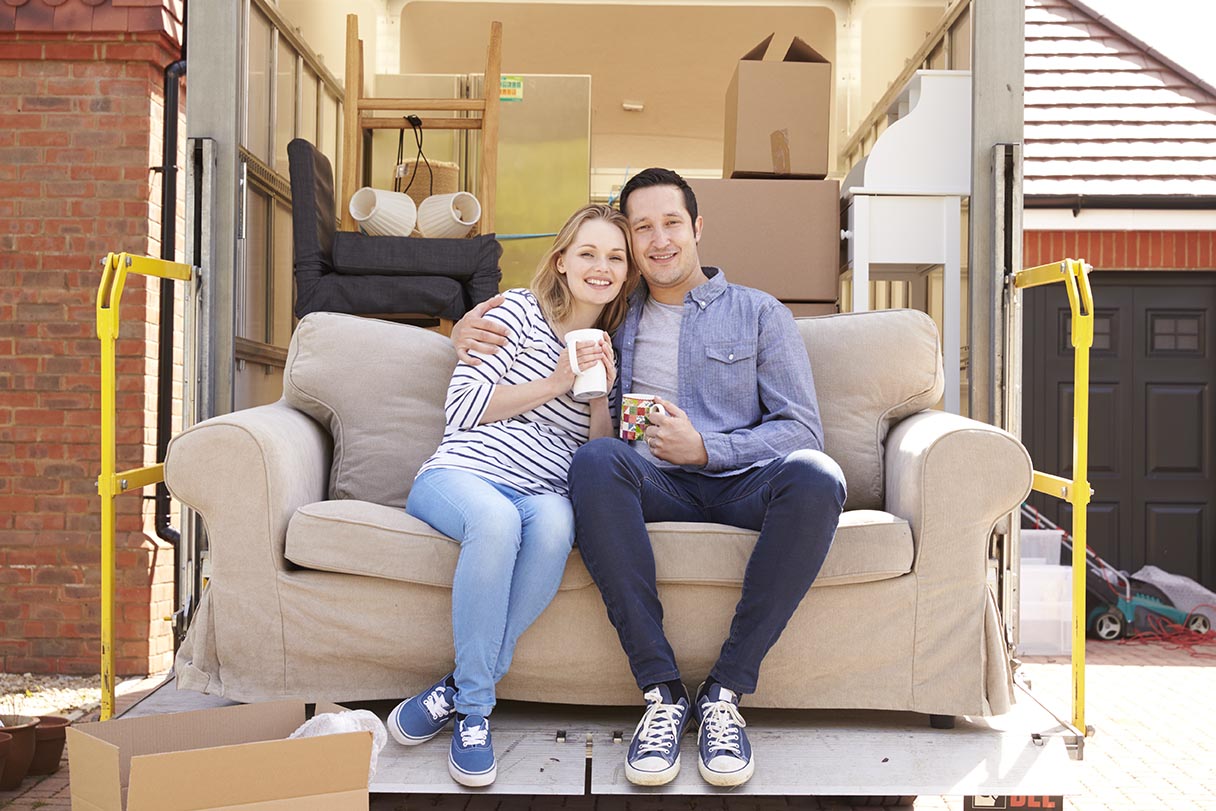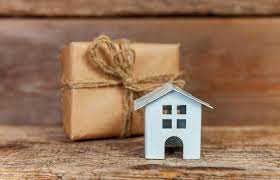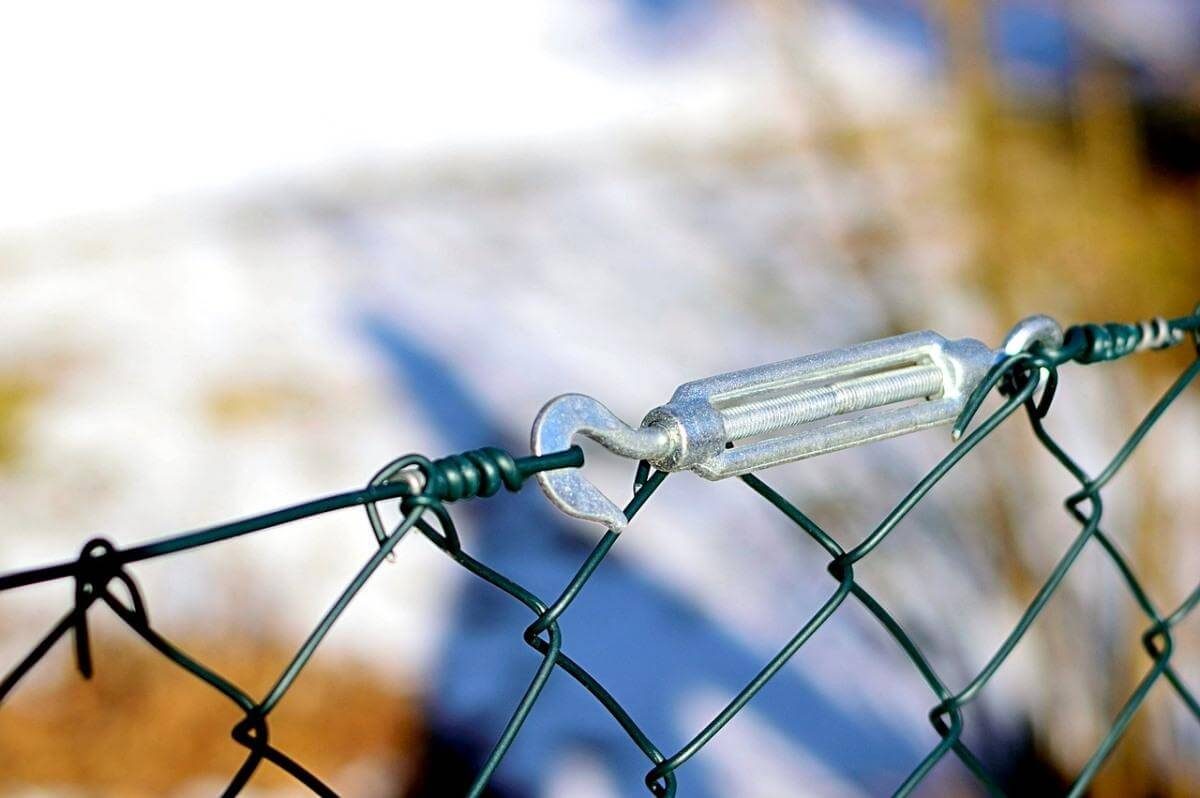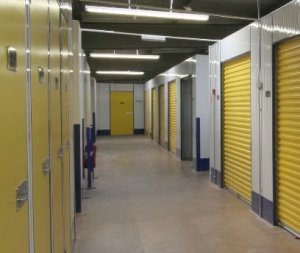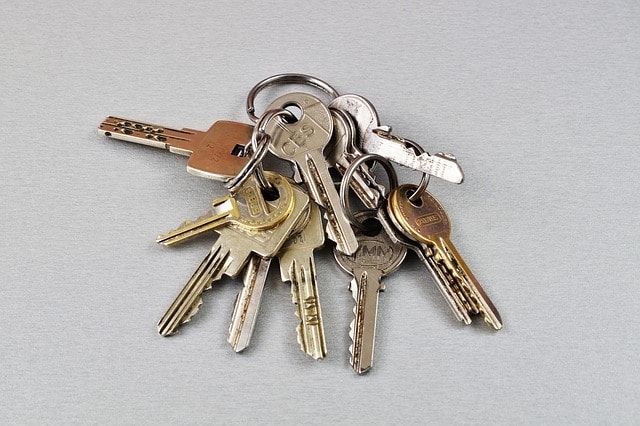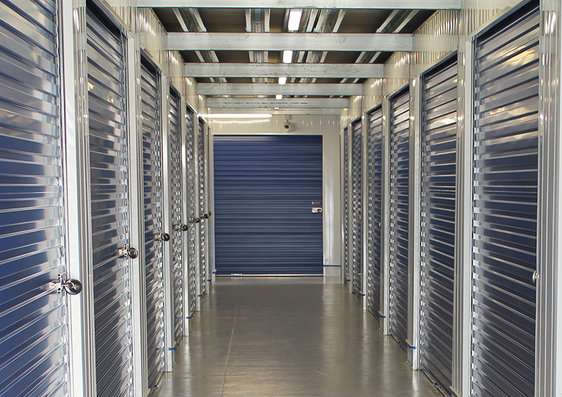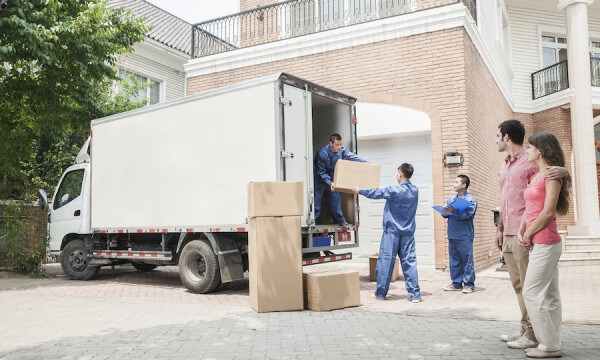Are you in the process of moving house? It can be a daunting task, but if you remember to do these twelve things, it will make the process much smoother. From ensuring your utilities are transferred to packing your belongings properly, we’ll walk you through everything you need to remember.
So read on and get prepared for your upcoming move by taking note of the most common things people forget.
1. Notify Your Utility Companies of Your House Move
One of the first things you need to do when moving is to notify your utility companies of your change of address. This includes electricity, gas, water, internet, and TV providers. Give them your new address and the move date, and they’ll take care of the rest. This way, you won’t have any disruptions to your service during the move.
2. Pack Your Belongings Ahead of Time
When packing your belongings, you shouldn’t put them off until the very last minute. Beginning the packing process and having the right packing supplies, like bubble wrap, cardboard boxes, and packing tape, a few weeks in advance will allow you to avoid feeling rushed and ensure everything gets done correctly. Mark each box with a label indicating the box contents and the room they should be placed in. This will make the process of unpacking a lot simpler at a later time.
3. Hire Professional Movers for the Moving Process
If you want your life to be a lot less stressful overall, it is a good idea to hire professional movers so that you can move your belongings. They will do all of the heavy lifting for you and safely move all of your belongings to the new location while you sit back and relax. Make sure you book them in advance to select the date and time that works best for you. You can also have a moving consultation so you can ask the removal company how they can help with the entire move. You can also arrange for a storage unit if you need to temporarily store appliances and furniture from your old house during the house move.
4. Change Your Address
Changing your address with the post office is another essential step before moving out of your home. They will redirect all your mail to your new address to ensure you do not miss any important correspondence. You can also change your address with financial institutions, insurance companies, and other companies you do business with that have accounts in your name. This is one of the most commonly forgotten items from the moving checklist, but it’s important because crucial documents may get lost or fall into the wrong hands.
5. Transfer Your Utilities to Your New House
You will need to contact the companies that provide your utilities to let them know that you will be moving, and then you will need to transfer the service to your new address. This includes the water, gas, electricity, and sewage systems. Contacting the companies a few weeks in advance ensures that the transition will go off without a hitch and that your service will not be interrupted.
6. Bring Important Documents and Medical Records
On the day of your move, you should prepare a survival kit or essentials box containing all the necessities you will require. This entails bringing along items such as a change of clothes, some snacks, and toiletries. This will help you make it through the transition period until you can unpack and get settled into your new home.
You should also have a safe place for important documents that you need to physically keep with you at all times. These include birth certificates, medical records, mortgage documents, vehicle registration, marriage certificates and more. Valuable items should be kept inside a safety deposit box until you have settled down.
7. Disconnect Your Appliances
If you leave any appliances behind, you should disconnect them and prepare them for the move correctly. This includes your washing machine, dryer, refrigerator, and oven, among other appliances. Please refer to the owner’s manual for information on how to carry out this task appropriately.
8. Defrost Your Refrigerator and Freezer
If you want to take your refrigerator with you when you move, remember to defrost it at least a few days before the move. This will ensure that your food stays fresh. When the item is transported, any potential damage caused by water will be avoided thanks to this measure.
9. Clean Your Old Place
Before you hand over the keys to your previous home’s new owners, you should thoroughly clean and ensure everything is in good working order. In addition to leaving the area in a condition acceptable for the tenant who will be moving in after you. Based on your rental agreements, you will also be able to get the total amount of your security deposit back if you use this method. This is because you will have left the area in an acceptable condition for the tenant who will be moving in after you.
10. Inspect Your New Place
When you first get to your new house, you should spend some time looking around for any signs of damage that might be there. If you find any, you should not rush to move. If you find any, keep a record of them and show them to the landlord so they can fix them before you move in. If you find any, keep a diary and deliver them to the landlord.
11. Set Up Your Furniture
After settling into your new residence and unpacking all your possessions, it is time to arrange your furniture. Putting together furniture like beds, couches, tables, and chairs is included in this step. If you need assistance, do not be afraid to ask your loved ones for help.
12. Make Yourself at Home in Your New Residence
After all the strenuous work of moving, it is finally time to set up shop in your new house and make it feel more like home. Personalize your space by hanging some pictures, arranging some plants, and doing other things like this. Soon enough, it’ll feel like home sweet home.
These are just a few things you need to remember when moving house. By following these tips, you can ensure your move will go smoothly and stress-free.
Conclusion
We sincerely hope that this list has been of assistance to you in jogging your memory about some of the common things people forget. If you keep everything organised and take your time, things will go off without a hitch.

